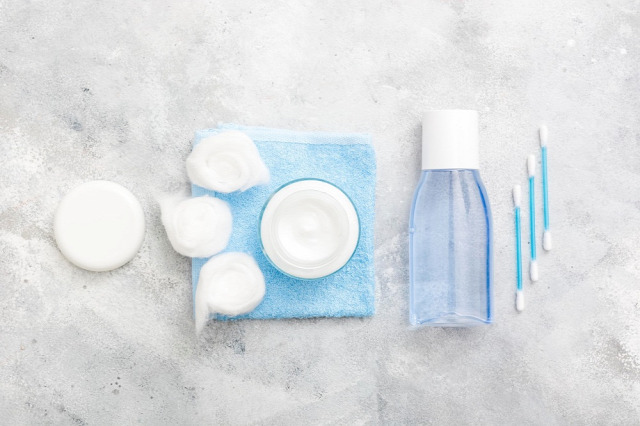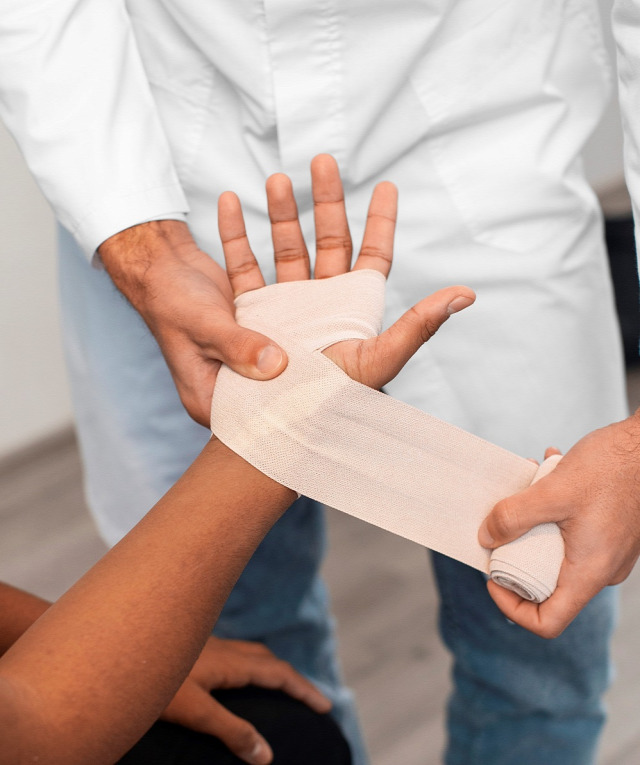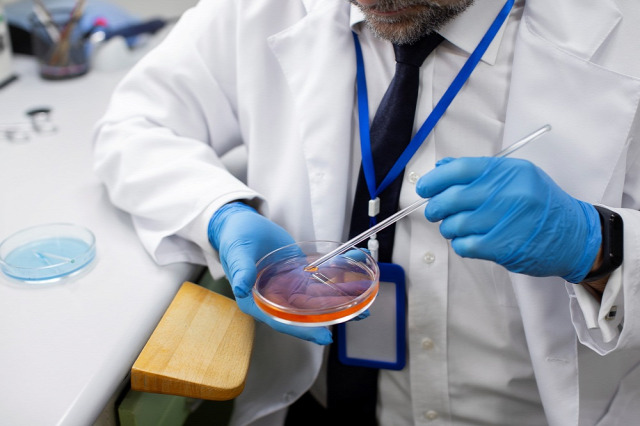
Alginate dressings are a type of advanced wound care product derived from natural seaweed extracts, specifically calcium and sodium alginate. Known for their high absorbency, they are ideal for managing moderate to heavily exuding wounds, such as venous ulcers, diabetic foot ulcers, and surgical wounds. Alginate dressings form a gel-like layer when in contact with wound exudate, maintaining a moist environment conducive to healing while also providing protection against bacterial contamination.
According to BIS Research, the global alginate dressings market was valued at $393.1 million in 2023 and is anticipated to reach $519.8 million by 2030, witnessing a CAGR of 4.07% during the forecast period 2023-2030. The global alginate dressings market is growing steadily, driven by the increasing prevalence of chronic wounds, advancements in wound care technology, and the rising awareness of the benefits of advanced wound care products.
Alginate Dressings Market Drivers
- Rising Incidence of Chronic Wounds: The growing prevalence of chronic conditions like diabetes, obesity, and cardiovascular diseases has led to an increase in chronic wounds, such as diabetic foot ulcers and pressure ulcers. According to the International Diabetes Federation, over 540 million people worldwide are living with diabetes, many of whom are at risk of developing chronic wounds that require advanced wound care solutions like alginate dressings.
- Advantages of Alginate Dressings: Alginate dressings are favored for their high absorbency, ability to manage exudate effectively, and capability to promote a moist healing environment, which accelerates the wound healing process. These properties make them highly effective in treating a variety of wounds, thereby driving their demand in the market.
- Technological Advancements and Product Innovation: Continuous innovations in alginate dressings, such as the incorporation of antimicrobial agents and improved designs for better wound coverage and comfort, are contributing to market growth. Manufacturers are also developing combination dressings that integrate alginate with other materials like hydrocolloids or foams to enhance functionality.
Alginate Dressings Market Opportunities
- Growing Demand in Emerging Markets: Emerging economies present significant opportunities for market expansion due to increasing healthcare investments, improved access to healthcare services, and rising awareness of advanced wound care solutions.
- Expansion of Home Healthcare: The increasing trend towards home healthcare and self-care among patients with chronic wounds is driving demand for easy-to-use and effective wound care products like alginate dressings.
Request A Free Detailed Sample on Alginate Dressings Market - A Global and Regional Analysis
Alginate Dressings Market by Region
North America holds the largest market share, expanding from $145.4 million in 2022 to an anticipated $192.6 million by 2030, with a CAGR of 3.62%. This growth is driven by the region’s advanced healthcare infrastructure and high adoption of innovative wound care solutions. In contrast, the Rest-of-the-World region exhibits the fastest growth, with a 6.11% CAGR, spurred by rapid healthcare improvements and rising awareness of advanced wound management techniques. Europe experiences steady growth at a 3.11% CAGR, supported by its robust healthcare systems and commitment to quality wound care. The Latin America and Asia-Pacific regions also show strong growth, with CAGRs of 5.15% and 5.11%, respectively, due to advancements in healthcare infrastructure and increasing access to modern medical technologies. This regional analysis highlights the expanding global demand for alginate dressings, driven by the need for effective wound care across diverse healthcare environments.
Future Outlook
The future of the alginate dressings market looks promising, with continued advancements in wound care technologies and growing awareness of the benefits of advanced wound care products expected to drive demand. As healthcare systems across the globe strive to improve patient outcomes and reduce healthcare costs, the adoption of effective wound care solutions like alginate dressings will continue to rise. Key players are likely to focus on expanding their presence in emerging markets and developing innovative products to cater to the evolving needs of the global patient population.
Some prominent names established in this market are:
- 3M
- Smith & Nephew
- Convatec Inc.
- Mölnlycke Health Care AB
- Advanced Medical Solutions Limited
- Advancis Medical
- Winner Medical Co., Ltd.
- McKesson Corporation
Access More: Get Detailed Insights on Medtech Market Research Reports
Conclusion
Alginate dressings play a vital role in modern wound care management, offering superior exudate management and protection against infection. With the increasing prevalence of chronic wounds and ongoing advancements in wound care technology, the demand for alginate dressings is expected to grow steadily. As market players continue to innovate and expand their offerings, the alginate dressings market is poised for significant growth, providing ample opportunities for companies to capitalize on the expanding global need for advanced wound care solutions.





